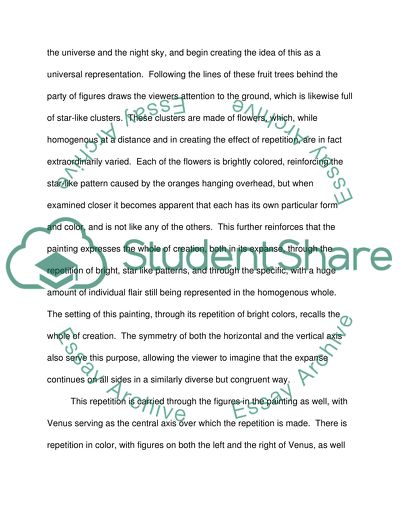Universalization of Christianity Through Repetition and Essay. Retrieved from https://studentshare.org/visual-arts-film-studies/1441623-primavera
Universalization of Christianity Through Repetition and Essay. https://studentshare.org/visual-arts-film-studies/1441623-primavera.


